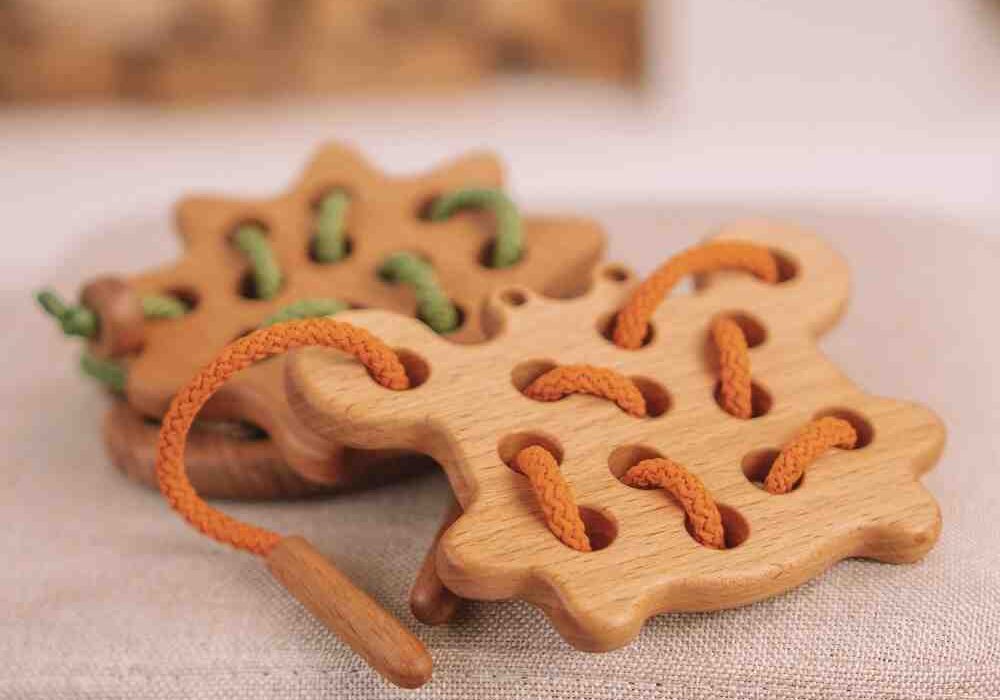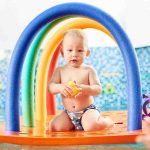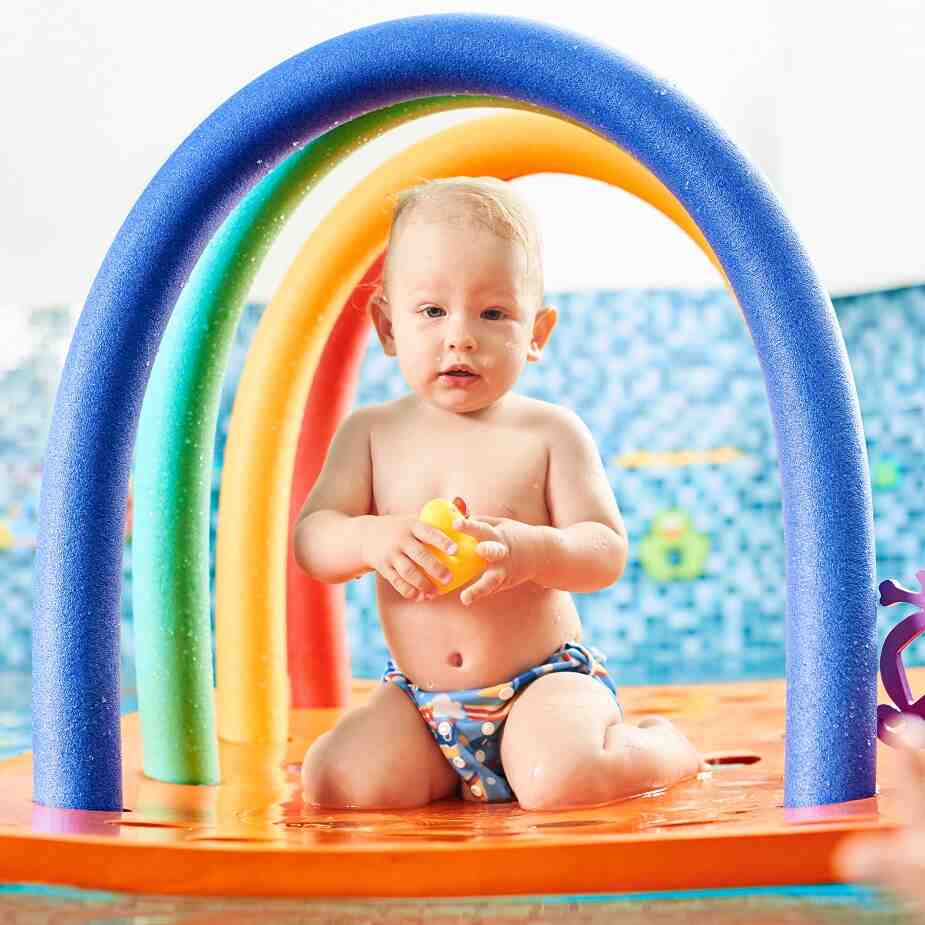Are Wooden Teethers Safe for Babies?
Teething is a challenging phase for both babies and parents. As infants begin to cut their first teeth, they often experience discomfort, drooling, and the urge to chew on anything they can get their hands on. To ease this discomfort, many parents turn to teethers. While silicone and plastic teethers have been common choices, wooden teethers have gained popularity due to their natural appeal and perceived safety. But are wooden teethers safe for babies? In this article, we will explore the pros and cons of wooden teethers, their safety aspects, and how to choose the best one for your child.
What Are Wooden Teethers?
Wooden teethers are baby teething toys made from natural wood. They are designed for infants to chew on to relieve gum pain during teething. Unlike plastic or silicone alternatives, wooden teethers are often free from synthetic chemicals, making them an eco-friendly and non-toxic option. They come in various shapes, sizes, and designs, including rings, animal figures, and beads, sometimes combined with silicone elements for added texture.
The Safety of Wooden Teethers
When considering whether wooden teethers are safe for babies, it is essential to examine their material, manufacturing process, and potential hazards. Below are key safety factors to consider.
1. Non-Toxic and Chemical-Free
One of the main reasons parents choose wooden teethers is their natural composition. Unlike plastic teethers, which may contain harmful chemicals like BPA, PVC, or phthalates, high-quality wooden teethers are free from synthetic toxins. Many are made from untreated, sustainably sourced wood and finished with natural oils like beeswax or food-grade mineral oil to ensure smoothness and safety.
2. Antibacterial Properties
Wood naturally has antibacterial properties, which makes it a hygienic choice for baby teethers. Unlike plastic, which can harbor bacteria in tiny scratches and cracks, wood has a self-cleaning ability that helps reduce bacterial growth. Studies have shown that bacteria tend to survive longer on plastic surfaces than on wood, making wooden teethers a safer option in terms of cleanliness.
3. Durability and Strength
Wooden teethers are sturdy and durable, reducing the risk of breaking or chipping. Unlike plastic, which can crack and create small, sharp pieces, well-crafted wooden teethers can withstand heavy chewing without falling apart. However, parents should regularly inspect wooden teethers for any signs of wear and tear to ensure continued safety.
4. Free from Small Parts and Choking Hazards
High-quality wooden teethers are usually made from a single solid piece of wood or securely attached parts, reducing the risk of small parts breaking off and becoming choking hazards. However, some wooden teethers, such as those with beads or multiple pieces, should be closely monitored to ensure they remain intact. Always check the manufacturer’s guidelines regarding age recommendations and safety testing.
5. Safe Wood Types for Teethers
Not all wood types are suitable for baby products. Safe wooden teethers are typically made from hardwoods, as they are less likely to splinter and are highly durable. The most common types of wood used in baby teethers include:
- Maple – Smooth, durable, and resistant to splintering
- Beech – Non-toxic and naturally antimicrobial
- Birch – Strong and safe for teething
- Cherry – Hard and naturally smooth
Softwoods, such as pine or cedar, should be avoided as they are more prone to splintering and may contain resins that could be harmful to babies.
How to Choose a Safe Wooden Teether
Not all wooden teethers are created equal. To ensure you select the safest option for your baby, follow these guidelines:
1. Choose Non-Toxic Finishes
Look for wooden teethers that are untreated or finished with natural, baby-safe substances such as organic beeswax, coconut oil, or food-grade mineral oil. Avoid products with varnishes, paints, or chemical coatings, as they may contain harmful substances.
2. Check for Certifications
Reputable brands often have their wooden teethers tested for safety compliance. Look for certifications such as:
- CPSC (Consumer Product Safety Commission) compliance – Ensures the product meets U.S. safety standards
- ASTM F963 – A standard for toy safety, including teething toys
- EN71 – A European safety standard for toys
Checking for these certifications can give you peace of mind that the teether has been tested for safety.
3. Ensure a Smooth, Splinter-Free Surface
Run your fingers over the teether to check for rough spots or splinters. A high-quality wooden teether should be finely sanded to a smooth finish without any sharp edges.
4. Avoid Loose Parts
If the teether contains multiple pieces, ensure they are securely attached to prevent choking hazards. Beaded wooden teethers should have strong, food-grade silicone cords or safety knots to keep parts from coming loose.
5. Buy from Reputable Brands
Purchasing from established brands that specialize in baby products can help ensure the quality and safety of the wooden teether. Check online reviews, ask for recommendations, and verify the materials and manufacturing process before making a purchase.
How to Clean and Maintain Wooden Teethers
Proper cleaning and maintenance can extend the life of a wooden teether and keep it safe for your baby to use.
1. Clean Regularly
- Wipe the teether with a damp cloth and mild soap as needed.
- Avoid soaking it in water, as this can cause the wood to swell or crack.
- Do not put wooden teethers in the dishwasher or sterilizer, as extreme heat and moisture can damage them.
2. Disinfect Naturally
- Use a mixture of vinegar and water (1:1 ratio) to naturally disinfect the teether.
- Allow it to air dry completely before giving it back to your baby.
3. Recondition with Natural Oils
Over time, wooden teethers may dry out. To keep them in good condition, rub a small amount of organic coconut oil, beeswax, or food-grade mineral oil onto the surface. This helps maintain the smoothness of the wood and prevents cracking.
4. Inspect for Damage
Check the teether regularly for any cracks, splinters, or loose parts. If any damage is detected, discontinue use immediately to prevent injury.
Are Wooden Teethers Better Than Silicone or Plastic?
Each type of teether has its own pros and cons. Wooden teethers stand out for their natural, eco-friendly qualities and antibacterial properties, while silicone teethers offer a softer texture and are often freezer-safe for additional soothing. Plastic teethers, though widely available, may contain chemicals that some parents prefer to avoid. Ultimately, the best choice depends on personal preference and how well your baby responds to the teether.
Conclusion
Wooden teethers can be a safe and natural option for babies when made from high-quality hardwood, finished with non-toxic substances, and properly maintained. Their antibacterial properties, durability, and eco-friendliness make them an excellent alternative to plastic and silicone teethers. However, parents should always inspect wooden teethers regularly for wear and tear, clean them properly, and choose products from reputable brands to ensure safety. By taking these precautions, you can confidently offer your baby a soothing, safe, and natural teething solution.





